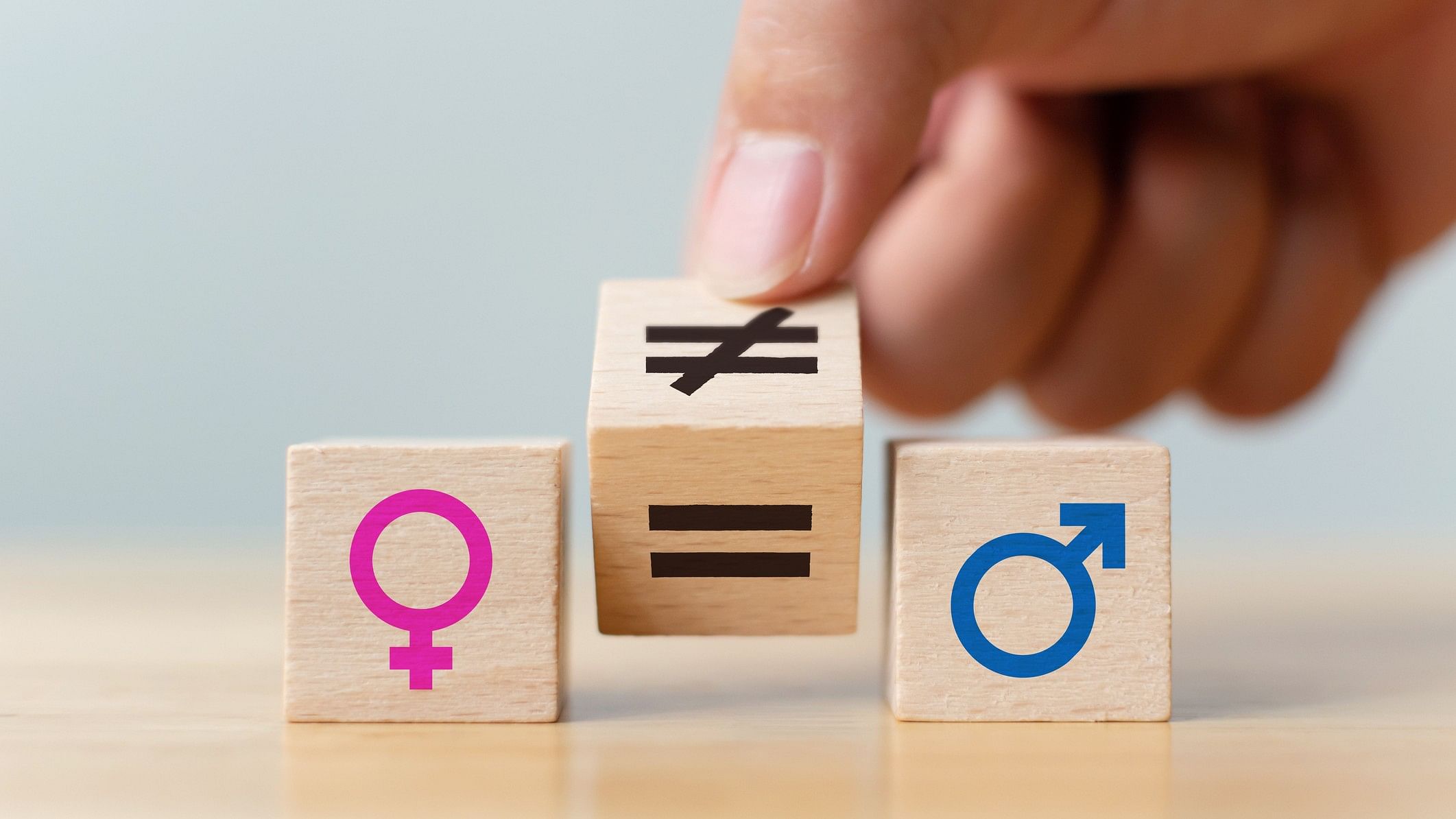
Chikballapur, a district about 60 km from Bengaluru, is the worst with a gender ratio of 868, according to data.
Credit: iStock Photo
As many as 20 districts in Karnataka have seen a drop in gender ratio, according to data put together by the Health & Family Welfare department, raising concerns about women with respect to human development indices.
Chief Minister Siddaramaiah's native Mysuru is among the districts where gender ratio - the number of females for every 1,000 males - has fallen.
The data was presented to Siddaramaiah during his meeting with deputy commissioners and zilla panchayat chief executive officers on Wednesday, prompting him to issue a statement expressing concern over falling gender ratio in the districts.
Chikballapur, a district about 60 km from Bengaluru, is the worst with a gender ratio of 868, according to data.
The gender ratio data is available for 29 districts. The nine districts where there is no decline are: Mandya, Belagavi, Haveri, Koppal, Chikmagalur, Shivamogga, Dakshina Kannada, Udupi and Chamarajanagar.
Medical Education Minister Dr Sharan Prakash Patil told DH that officials have been instructed to understand the reason behind this trend and take necessary corrective measures.
In his statement, Siddaramaiah said he directed officials to inspect scanning centres every three months for compliance under the Pre-Conception and Prenatal Diagnostic Techniques (PC & PNDT) Act. The law prohibits sex determination tests.
The state has 3,092 scanning centres. Last year, authorities met only 14 per cent of their inspection target. Between April and June this year, 20 per cent of the target was met, according to statistics.
Expressing displeasure that districts with good indicators in 2015 had plummeted, Siddaramaiah asked officials to monitor anaemia and malnutrition among girl children and women. "Officials must ensure that deliveries happen in hospitals only," he said.
Gender ratio is one of the basic indicators of women's status, according to the government's Human Development Report 2022.
Merely indicative?
A senior health department official emphasised that the data presented to the CM was “merely indicative” as it was based only on birth registrations.
"Sex ratio at district-level is given by census data. All other subsequent data are from sample surveys that happen periodically such as the National Family Health Survey (NFHS). Then there's Civil Registration System (CRS) data that's based on births and deaths depending on who registers and who doesn't," the official explained.
Nonetheless, the official acknowledged that gender ratio overall in Karnataka was a concern. "The Sample Registration System (SRS) done by the Registrar General and Census Commissioner of India shows that Karnataka has not seen encouraging progress in gender ratio," the officer said.
As per SRS, the state's sex ratio at birth was 958 in 2011-13. It fell to 916 in 2018-20.
